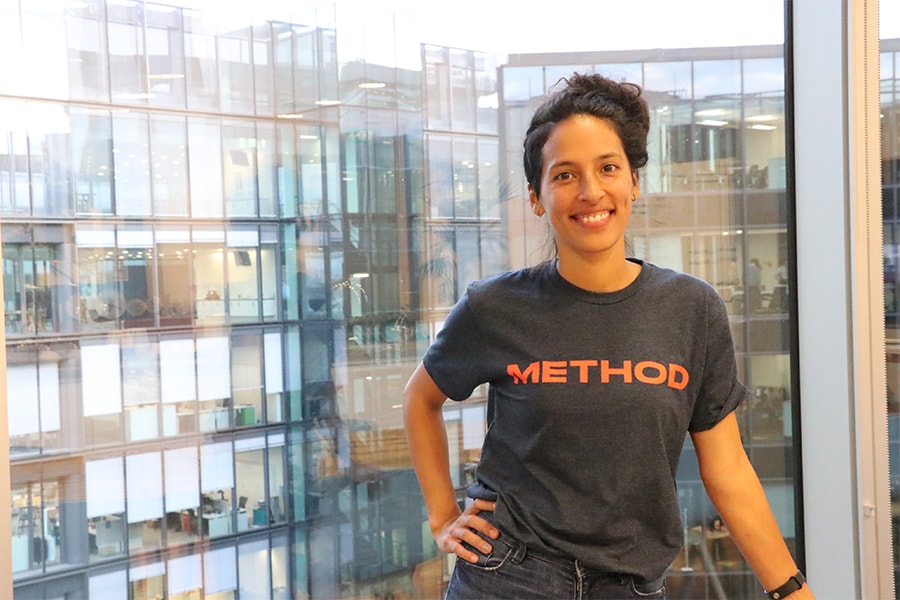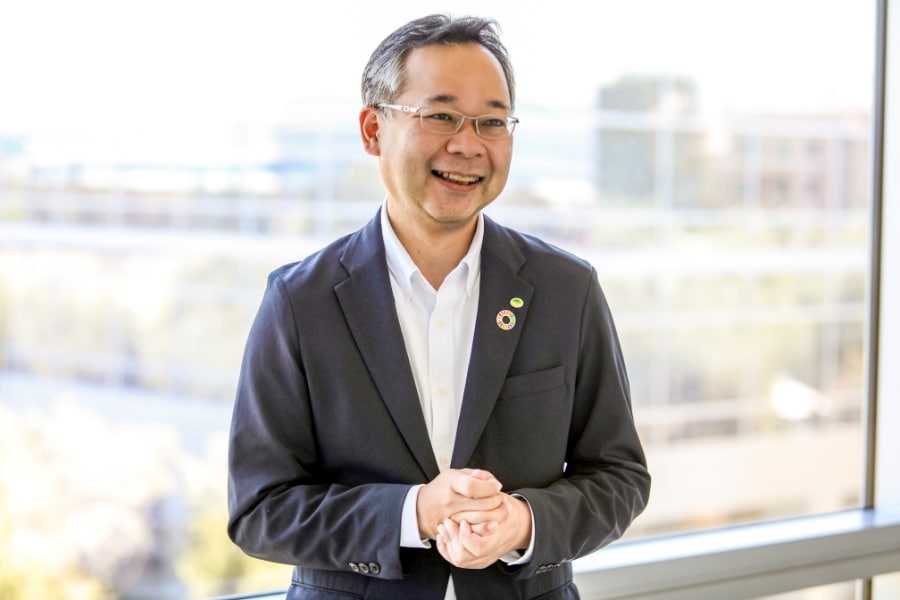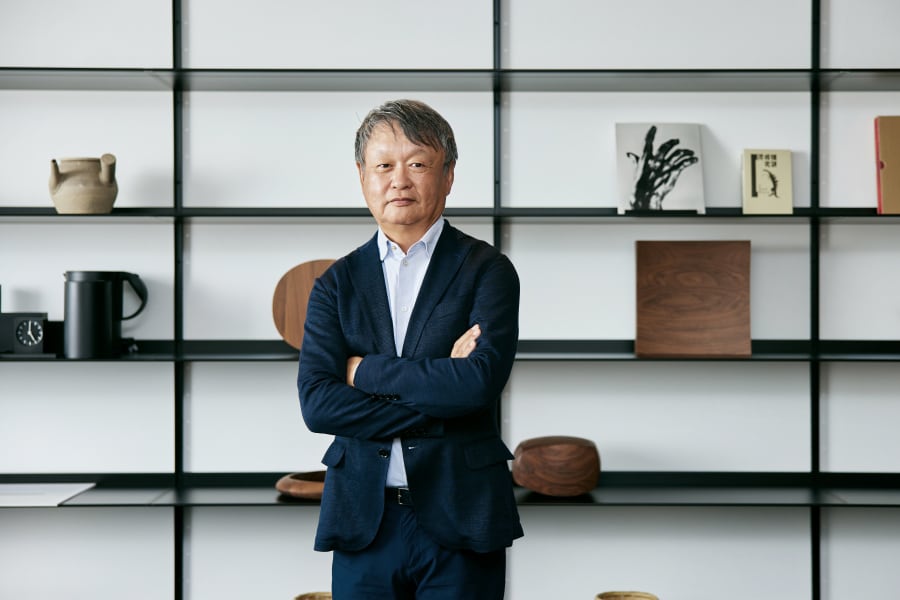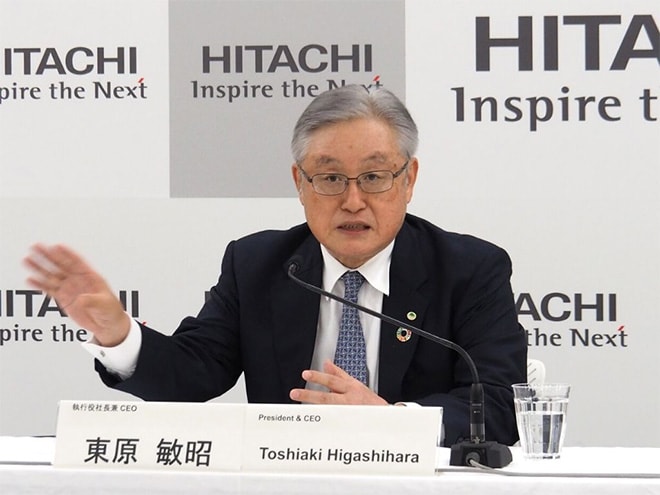“A Person Who Envisions the Future”: A Talk with Method Employee on the Essence of Design
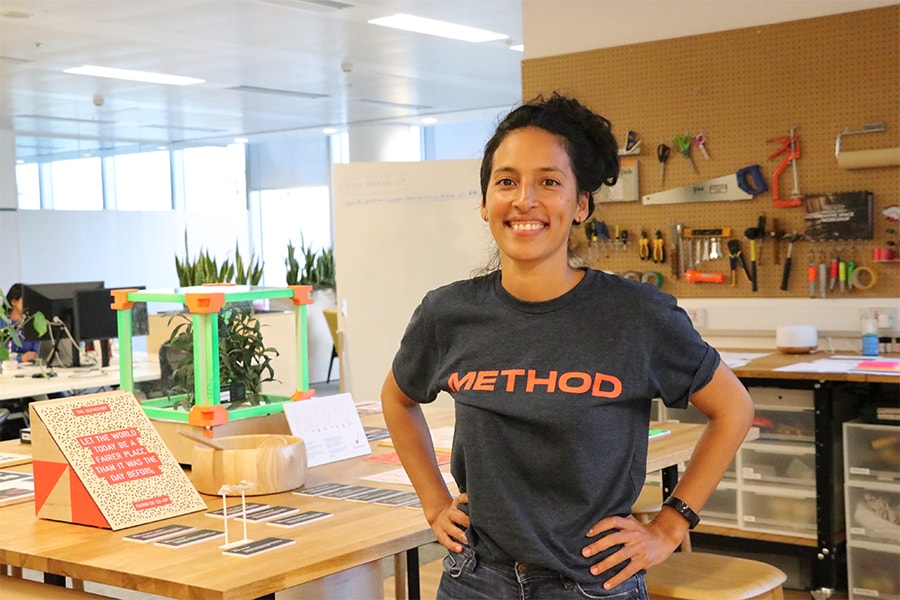
What do you think of when you hear the word "design"? Many people might think of tangible objects such as consumer electronics, clothing, product packaging, or architecture. However, the concept of design is wide ranging and not limited to physical objects. For example, design can be created to enhance consumers’ experience or even vision for what the future society might look like.
Then, what do people called “designers” do? Method, a design studio of GlobalLogic, designs products and experiences that take advantage of cutting edge digital technology. We spoke with Sandrine Herbert, who works at Method as design director, about the power of design.
The role of a designer
-- First of all, what kind of work does a designer do?
Sandrine: In a nutshell, I think designers are people skilled at envisioning the future. They analyze the challenges that customers are facing and highlight which areas should be improved. Then, they imagine how the experience of that user or customer could be ideally, and how technology might make it easier. At the same time, they gaze at the future to ensure this newly designed product or experience remains relevant, even if new tech or social trends emerge. It’s a balance of answering: "What kind of future should we aim for?" and "What is needed to realize that future?"
The result is visualized into interactive prototypes, presentation materials, illustrations, images, and so forth, and together with GlobalLogic engineers, those goals are shaped into specific products and services. In other words, designers are the starting point for the development of products and services.
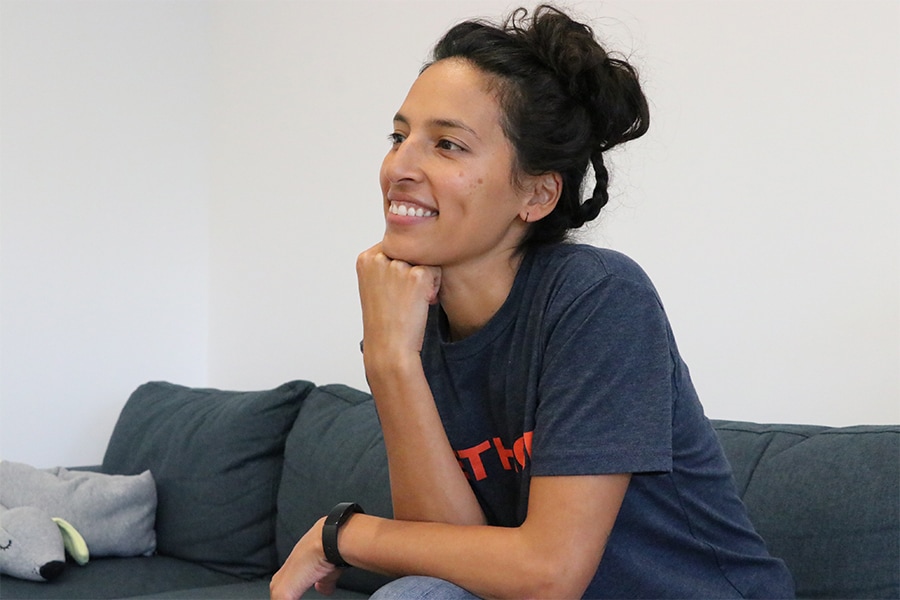
-- What made you want to become a designer?
Sandrine:: As a child, we spent Summer holidays at my grandparents’ house. I loved watching my grandfather building stuff, doing a lot of DYI and drawing plans to change the layout and interior of their house. I was excited by the fact that with the power of imagination one could resolve problems and make simple changes that would improve everyday things in the house, our mood and how we lived together. Looking back, I think this experience was what inspired me to pursue design.
I attended university in France to study architecture, but as I was exposed to various areas of design in my classes, I became interested in the field of product design. In 2002, I took a course where the brief was to imagine services for mobile phones with cameras. That awakened me to the potential of combining design with technology. I had the chance to explore this topic whilst studying. And after my graduation project, which was about the design of a public Wi-Fi service in Luxembourg, I decided to pursue my career in “experience design”, which aims to make a person’s experience easier, more intuitive, more pleasant and richer.
How to design user experience
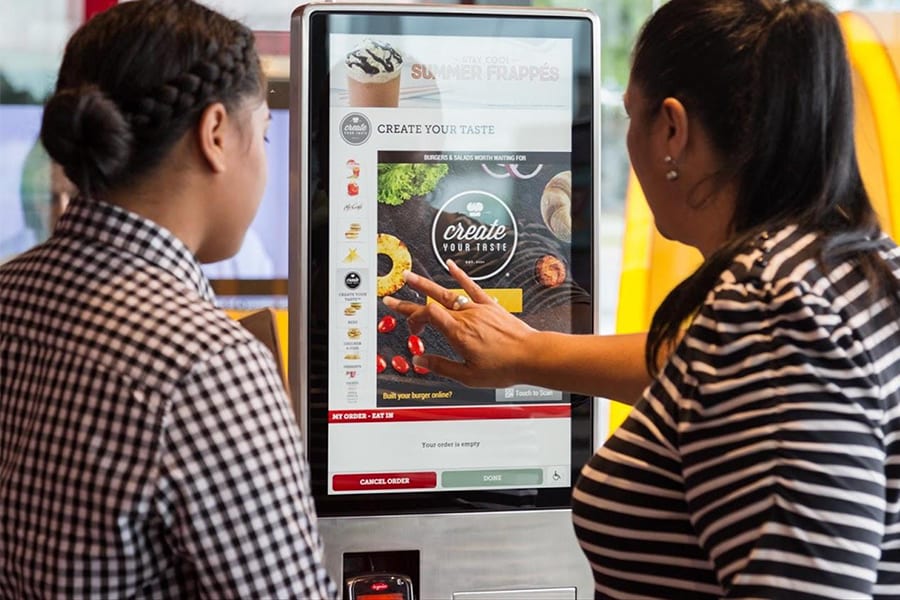
-- After you graduated from college, you began working at Method. Since then, what projects have you worked on?
Sandrine: One of the memorable projects is the work we did for McDonald's: The company was facing an issue with their smartphone app for online ordering and asked us to design it to be more user-friendly. We comprehensively analyzed the situation of the user journey and found that many McDonald's customers were feeling pressure to order quickly when placing orders at the cash register. Therefore, in addition to the initial request, we assessed all the digital touchpoints that a customer would come across at McDonalds and re-imagined the app, as well as the restaurant’s experience. We decided to develop a solution that would allow customers to order items by installing in-store kiosks, and provided them with all the elements they needed to transform digitally, and roll this out globally.
We also received a request from The Economist Group to improve the usability of some of their mobile apps and websites. However, after analyzing the situation, we found that offering multiple smartphone applications was what confused its audience. Therefore, we proposed the consolidation of apps based on the ideal experience of the readers, and ran an extensive user research to create user archetypes that would serve as a basis for the whole business to better understand their customers.
In both cases I just mentioned, we were able to reveal the issue under the iceberg by deeply analyzing our client’s challenge from their users’ perspective. I believe this is the true essence of experience design.
-- What are the joys and difficulties of working as a designer?
Sandrine: I feel happy when both our clients and their customers and service users are pleased, when our work has made a difference. I feel that I have made a positive impact on society through my design works. I am also happy when I see junior designers grow before my eyes and go on to lead projects on their own.
However, there are still times when it is difficult to communicate with clients, and with teams, because everyone around the table sees the world through their own lens and uses different vocabulary. In design work, it is always important to have a shared image between the client and the designer (diagrams speak a thousand words!). Now, sometimes the client's idea suddenly changes. So it's important to be nimble, don't cling to your own ideas, and instead try to focus on why they have changed their mind, or evolved in their thoughts, trying to keep a positive attitude, and be available to iterate.
Tackling environmental issues through the power of design
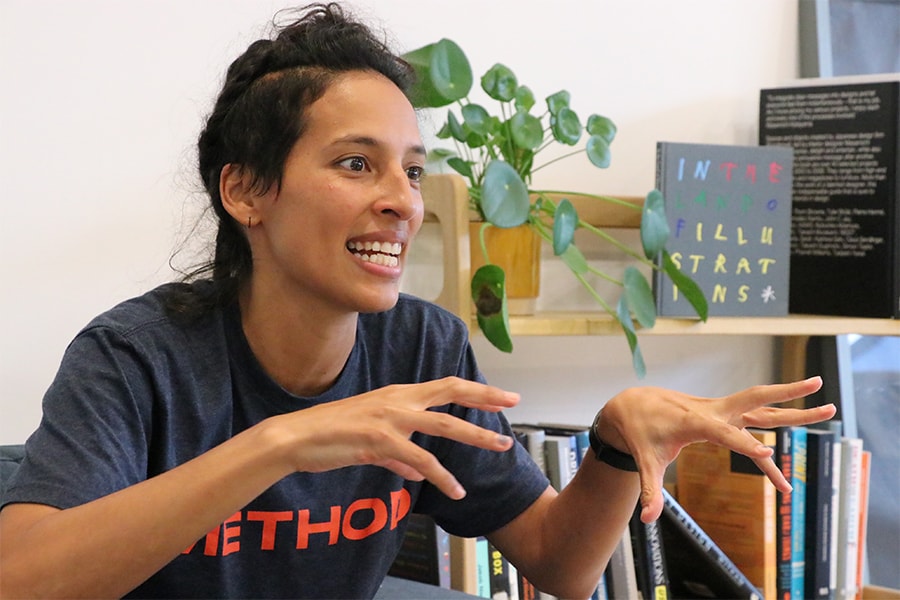
-- What is special about Method and how does it differ from other design companies?
Sandrine: In addition to London, where I work, Method has six offices in the U.K. and the U.S., including New York and Charlotte, and employs about 300 designers and engineers. I believe that what makes us different is the capacity each of us has to anticipate future needs that our clients and their customers might face. We try to envision the challenges that must be overcome in the future, such as global warming and food problems, and to incorporate such perspectives into our work.
Another characteristic of Method is our ability to answer complex problems at speed: We work intensively, in a fluid and agile way. In addition, we have the advantage of belonging to Global Logic and working with a knowledgeable pool of engineers worldwide, meaning we can not only invent digital products and services, but also build them and launch them to market! By doing so, we are able to give shape to our ideas and deliver them into the world in a fast manner. We use an iterative approach, meaning we don’t shape the whole product before starting building, instead, we define its bare bones and how the experience should be like, start building, involve end users in the process to co-ideate and test the designs, and repeat such cycle. This is what we call Method's style.
-- What challenges do you want to tackle in the future?
Sandrine: Environmental considerations are also essential in design, and Method is focusing on a new field called "Sustainable Design" or “Responsible Design” to tackle environmental issues, and ensuring that what we design and build has a low carbon footprint and a positive impact on nature and people. I am leading the development of this field, in addition to my regular duties.
It is exciting to be part of the Hitachi Group, as it gives us the opportunity to imagine and contribute to what a decarbonized economy might be like. We do not have the answers to all these questions, as they are large in scope and in the future, but we would like to take on these challenges with the power of design.
